Despite its name, a full metal jacket does not fully cover a full metal jacket (FMJ) projectile. Its lead core is actually exposed at its base. A total metal jacket, on the other hand, totally covers a total metal jacket (TMJ) projectile.
Our world probably could have named The FMJ and TMJ more precisely. Unfortunately, at this point we’re stuck with what previous generations came up with. You could try writing your local congressperson asking for the two bullets to receive more accurate names, but they’re probably more concerned with covering up the moon landing and suppressing evidence that the world is in fact shaped like a banana.
FMJ vs. TMJ Bullets

An illustration of an FMJ bullet (left) vs. a TMJ bullet (right). Notice the difference at the base of each bullet.
FMJ bullets were designed to do two things: prevent lead fouling of the barrel, and promote smoother feeding in an automatic or semi-automatic firearm. To achieve these two goals, it is not necessary to put a jacket on the base. And because a bullet jacket primarily consists of valuable copper, manufacturers will gladly save on costs by leaving a bullet’s base bare.
The FMJ bullet’s exposed base presents a shortcoming. Smokeless propellant ignites to create a temperature of about 3,300 °F. Lead vaporizes at 3,182 °F. This means when we expose the lead core of an FMJ to the heat of ignition, a trace amount of it is bound to evaporate. We are no doctors here, but it is our understanding that breathing in vaporized lead is not the best thing you can do for your lungs. Furthermore, lead vaporized during ignition can foul a firearm’s bore. This accelerates the rate at which its accuracy diminishes between cleanings.
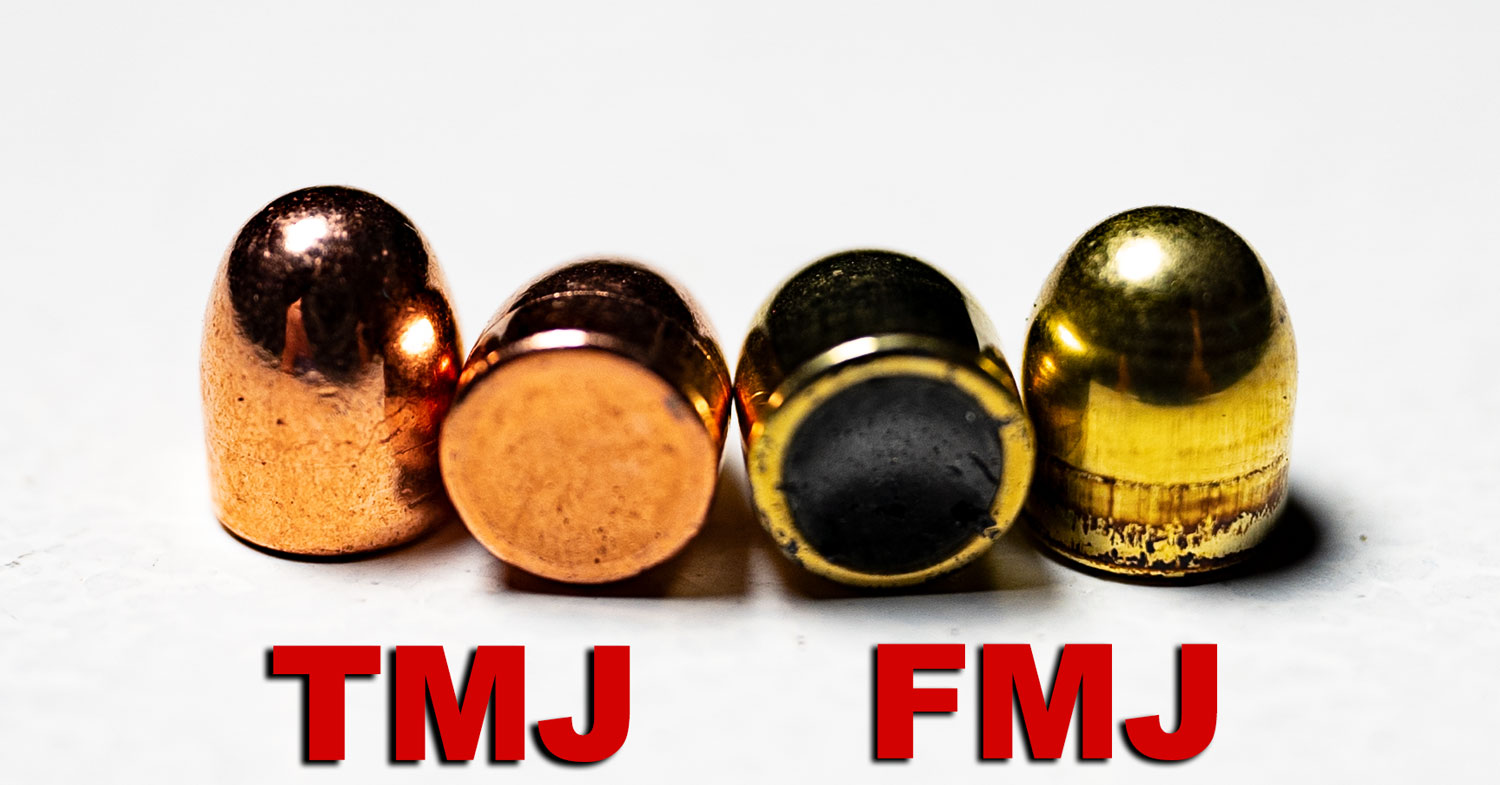
A pair of bullets pulled out of loaded ammo. TMJ with its enclosed base is on the left, traditional full metal jacket ammo is on the right.
The FMJ’s exposed base presents another, lesser shortcoming. It simply doesn’t provide a highly uniform surface for propellant gasses to push up against, especially when a part of it has evaporated. This isn’t a pronounced problem, but for shooters who are extremely concerned with their accuracy it’s certainly a consideration.
What is TMJ Ammo?

Speer’s Lawman line of ammunition is our best selling line of TMJ ammo.
TMJ ammo has a lead core just like any FMJ would have. It is different because the manufacturer electroplates it with a jacket that covers 100 percent of its surface area, including its base. The TMJ thus includes a layer of copper on its base. This layer not only prevents hot propellant gasses from vaporizing its core, but further provides a more uniform surface for propellant gasses to exert their energy against. The TMJ addresses both of the FMJ’s shortcomings.
What Are TMJ Bullets Good For?
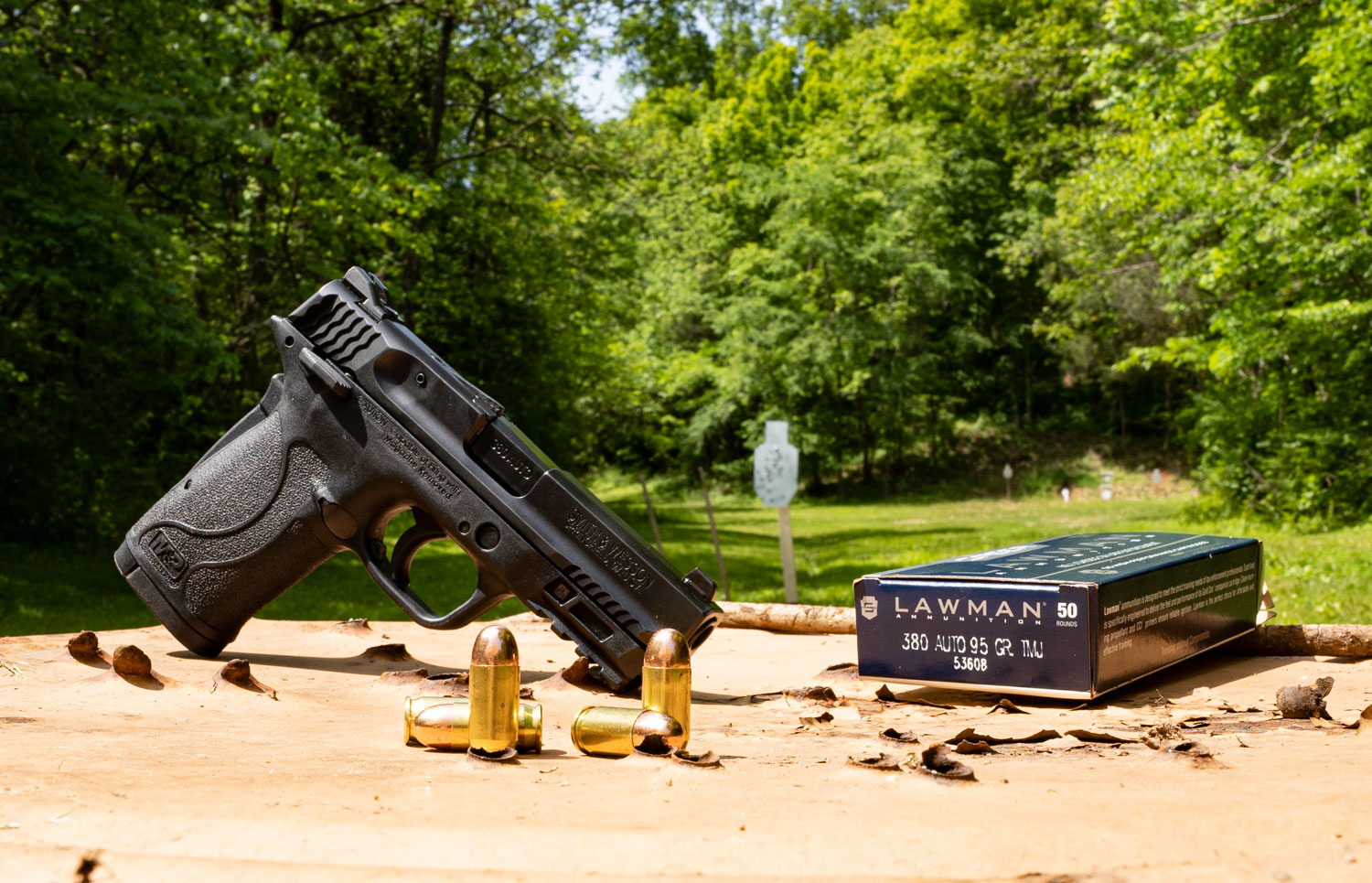
Shooters most frequently fire TMJ at indoor ranges. Some ranges even make TMJ’s use mandatory. where they may even be mandatory. The reasoning behind this is that an indoor range is a far healthier environment when we aren’t constantly clouding it with aerosolized lead. That lead can also eventually accumulate on the ground, where it becomes unsightly in addition to carcinogenic.
Do note that, in general, you have to be exposed to a lot of vaporized lead in order to experience adverse health effects. If you only visit the range infrequently, or prefer to train outdoors, you shouldn’t worry about lead exposure. But if you spend a great deal of time honing your aim indoors, the TMJ may ultimately benefit your respiratory health. Products like Speer’s Lawman line-up of ammo are incredibly popular. They make it in most pistol calibers law enforcement uses and one of our better sellers it the Lawman 124 grain 9mm load.
There is a caveat to keep in mind when it comes to TMJ bullets. Because a TMJ’s jacket is relatively thin, it is possible for a ported barrel to shave a thin sliver off of it. You do not want a thin sliver of metal to fly back at you at several hundred feet per second. So, please refrain from running TMJ rounds through a firearm that has barrel ports for recoil compensation or gas-operated reloading. We won’t stand to have one of our customer’s beautiful faces scraped up in such a fashion.


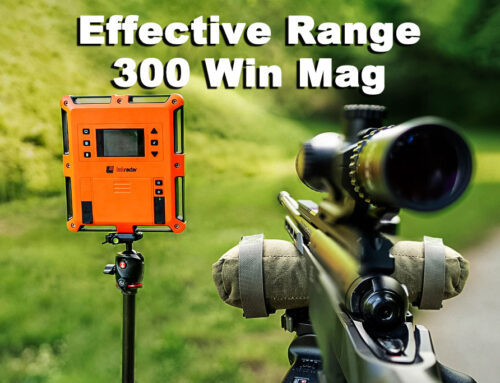
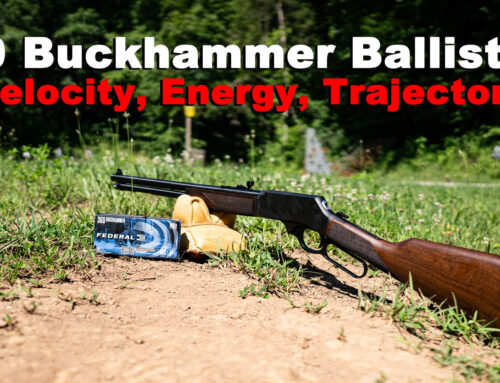
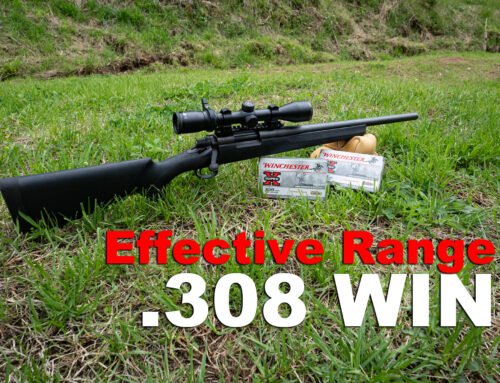
Great info for people who don’t know
Very valuable information. Being educated on your guns and ammo is part of being a responsible gun owner. 😎